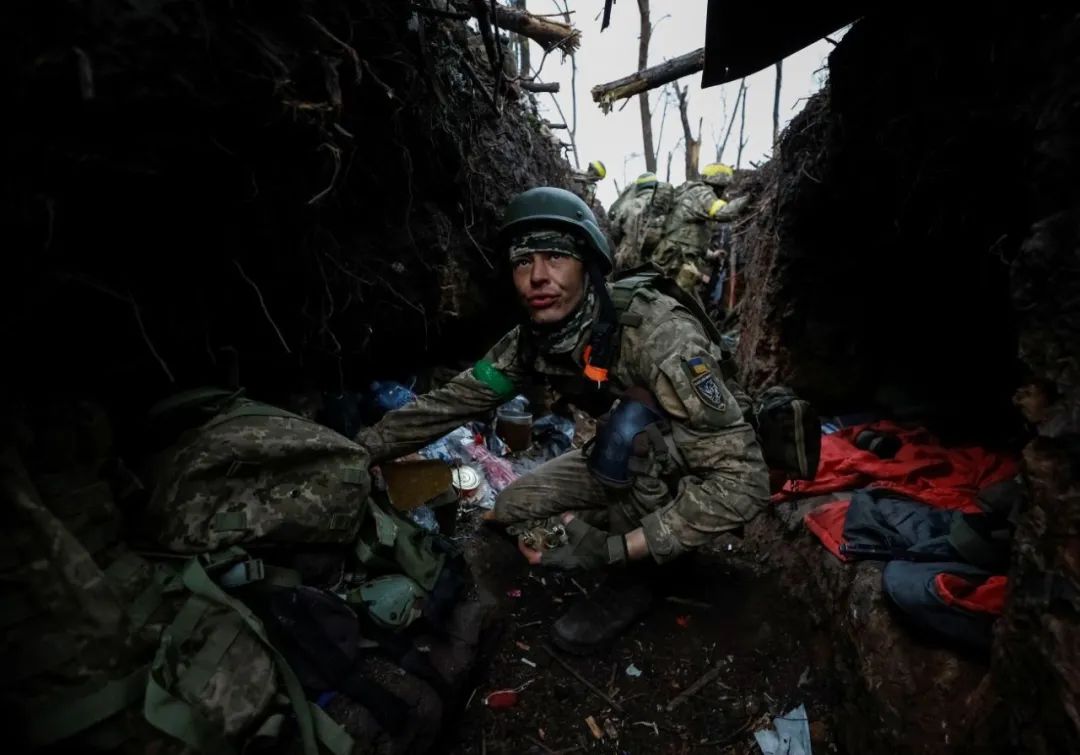A Blueprint for Conditional Peace
Zhao Long source:CFR
source:CFR
Two years into the Russia-Ukraine war, fighting along the front remains stalled. Calls for a negotiated settlement have grown, but Ukrainian President Volodymyr Zelenskyy has rejected the possibility of ceding territory and directly negotiating with Russia, and Russian President Vladimir Putin has proven unreliable even if an agreement could be reached. War fatigue in the United States and other North Atlantic Treaty Organization (NATO) allies is also complicating their ability to continue securing flows of military and economic aid to Ukraine.
Amid this uncertainty, sixteen Council of Councils experts from thirteen countries reflect on ways to contain or end the war. The responses differ sharply in some cases, demonstrating a divided world’s approach to a complex situation. Submissions are organized into three categories: those calling for additional financial and military support for Ukraine, pathways for diplomacy and a ceasefire, and how to rethink current mindsets.
A Blueprint for Conditional PeaceZhao Long Deputy Director and Senior Fellow of the Institute for Global Governance Studies, Shanghai Institutes for International Studies (China)
The situation in Ukraine is a political and military deadlock. With the political uncertainty of the so-called year of elections, Europe could further be divided on aid to Ukraine, while a second Trump administration in the United States could lead to a disconnect within the transatlantic alliance. Nevertheless, those uncertainties also present a window of opportunity for diplomacy. Although 2024 may not usher in peace for Ukraine, it could be pivotal for international cooperation on unlocking the stalemate.
First, Ukraine and its allies must define suboptimal victory. While preserving Ukraine’s sovereignty and territorial integrity remains the ultimate goal, it is crucial to acknowledge the challenges it presents. Ukrainian forces advanced an average of only ninety meters per day during the peak of their counteroffensive, with less than 1 percent of its territory retaken in 2023. This indicates that Ukraine's goal of restoring the 1991 border will demand considerable time, resources, and casualties, and may become the lonely fight of President Zelenskyy. Establishing a robust defense and negotiations to restore the pre-war status could be seen as a more realistic definition of Ukraine’s victory.
Second, all parties must consider a situation of frozen conflict as the conditional peace. Although the frozen conflict cannot completely resolve the security dilemma, it can significantly reduce casualties and spillover effects, paving the way for a peace process starting with a ceasefire. This approach has proven effective in the Korean Peninsula, the Middle East, and Georgia, making Ukraine another potential candidate for such a strategy.
Third, Russia, Ukraine, and their allies should facilitate a phased ceasefire framework. Given the distrust between Russia and Ukraine and Ukraine ruling out any negotiations, backchannel diplomacy and track-two dialogues are crucial. If the U.S.-led coalition can negotiate a feasible phased ceasefire framework based on Ukraine’s peace formula, countries in the Global South could establish a contact group to facilitate regular communication between Russia and Ukraine. This platform could explore conditions for a phased ceasefire, troop withdrawal, and the establishment of a demilitarized zone under UN peacekeeping force supervision.
Fourth, NATO should devise interim measures for Ukraine’s eventual membership. Ukraine's accession to NATO could prompt Russia to fortify its security buffer zone through new territorial realities, potentially challenging NATO’s collective security obligations under Article 5. Negotiating long-term security cooperation agreements with major countries could serve as an interim measure for Ukraine's security.
Fifth, Russia, Ukraine, their allies, and mediators should craft a goal-based negotiation package. Simply retaking Russian-controlled territories won’t ensure lasting peace. Resolving the conflict requires long-term security assurances for Ukraine, addressing Russia’s legitimate security concerns, designing territorial sovereignty arrangements, and a comprehensive negotiation package on Ukraine, the European security architecture, and transatlantic strategic stability.


